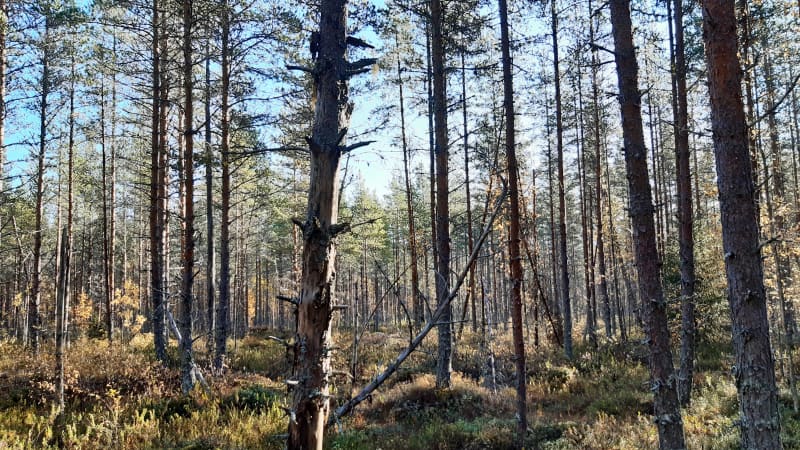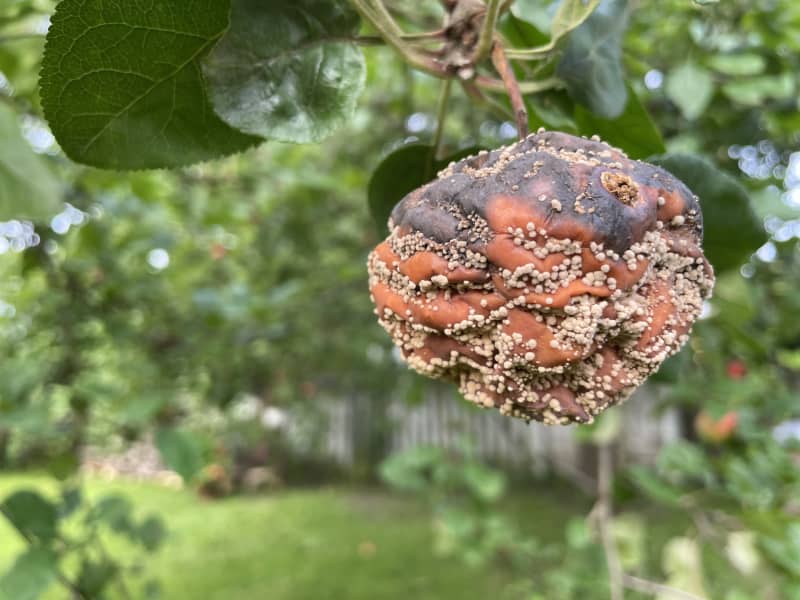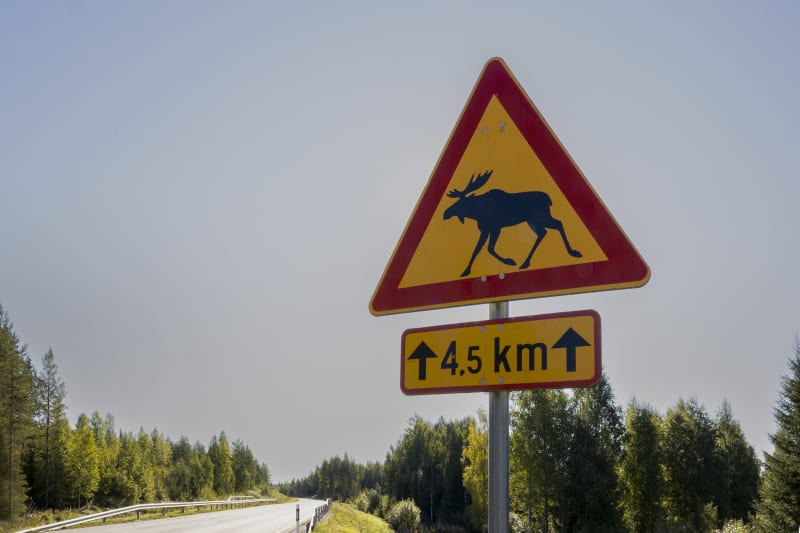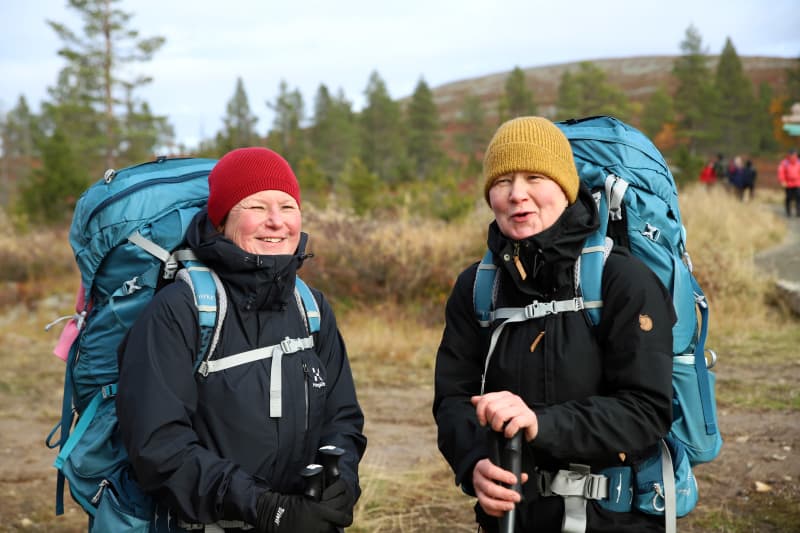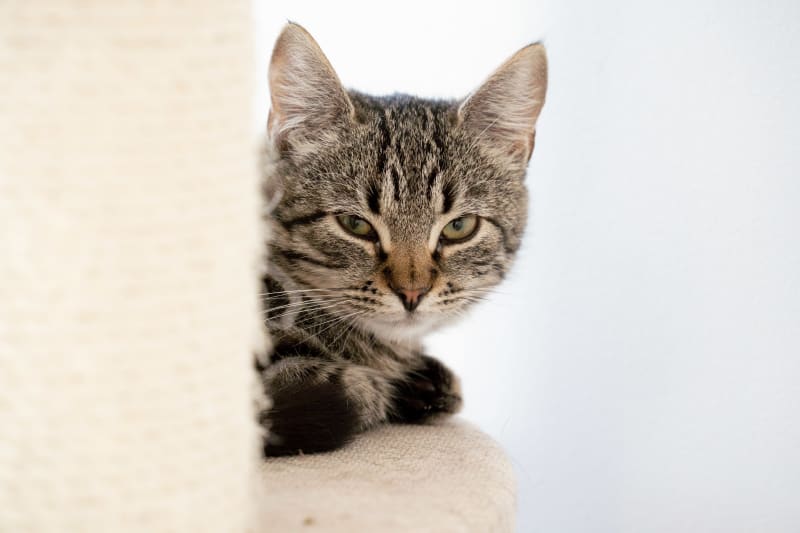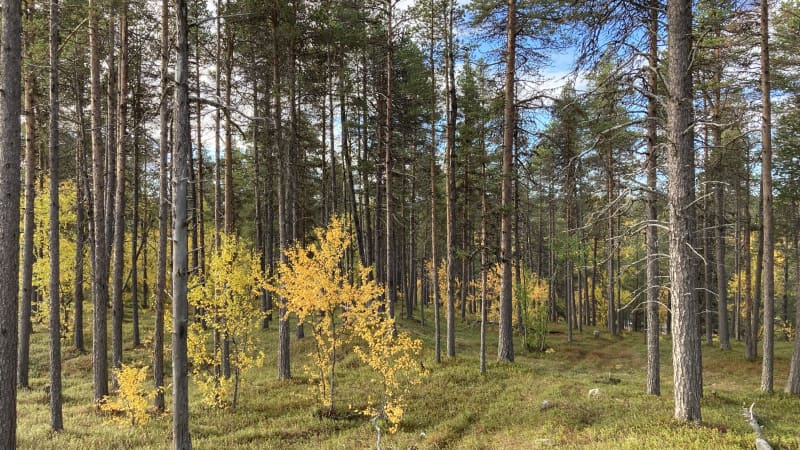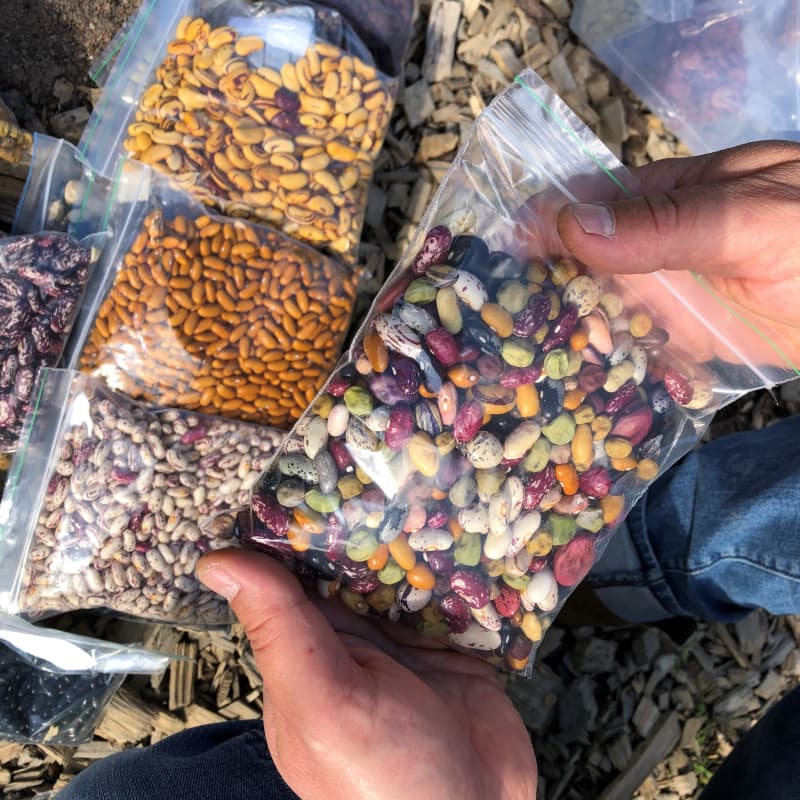The apple harvest is worse than in ten years – the heat, rowan berries and mummy disease tormented
A small amount of rowan berries does not interfere with juicing, as they are filtered out in the process. On the other hand, apples with mummy disease are not wanted in the juice house.
The apple orchard yielded three thousand kilos last year, but this fall only individual fruits. Colleagues have also told Laitinen similar experiences. According to him, it does not exceed the normal seasonality.
The summer heat hastened the ripening of many apple species. Then came the rowan berries. They attacked the apples this year, when the rowanberry crop was small.
Drought and pests caused the trees to drop their crops before their time. At that time, many had apples that were problematic waste.
Mummy disease has also taxed the crop this year.
– Apples have looked so disgusting that people have not dared to use them as food for deer, Laitinen describes.
Diseases have inoculated apple crops in Ostrobothnia as well.
Many people throw apples away too easily
Vavesaari’s farm also operates a juice factory, where, among other things, apples are turned into drinks.
The entrepreneur does not want brown, mummy-infected and moldy apples in his juice house. On the other hand, small amounts of rowan berries are not harmful.
– Apples go through many cloths, sieves and pasteurization. No larva swims in the juice. Machine-picked black currants have more protein sources than an apple like this, explains Laitinen.
He has pointed out that people throw apples away too easily.
– A little scabbing or dents don’t hurt anything. An apple will go to pieces in big crushers anyway.
Ginger and spruce are favorites of mulled spices
Berry season is now underway at the juice factory. Many people bring over-the-year berries there from the cold.
In particular, juice is currently produced from lingonberry, cranberry and chokeberry. Grapes, sea buckthorn and carrots are mixed into the same drink as the apple.
The production of mulled wine has also already started, and Laitinen has delivered the first batches of Christmas drinks to retail stores.
Ginger is currently a popular mulled wine spice. Kuusenkerkkä also works well, according to Laitinen.
– It is also a trendy plant and works well with sea buckthorn and apple. You can drink it cold. In hot mulled wine, the aroma of fir emerges.

